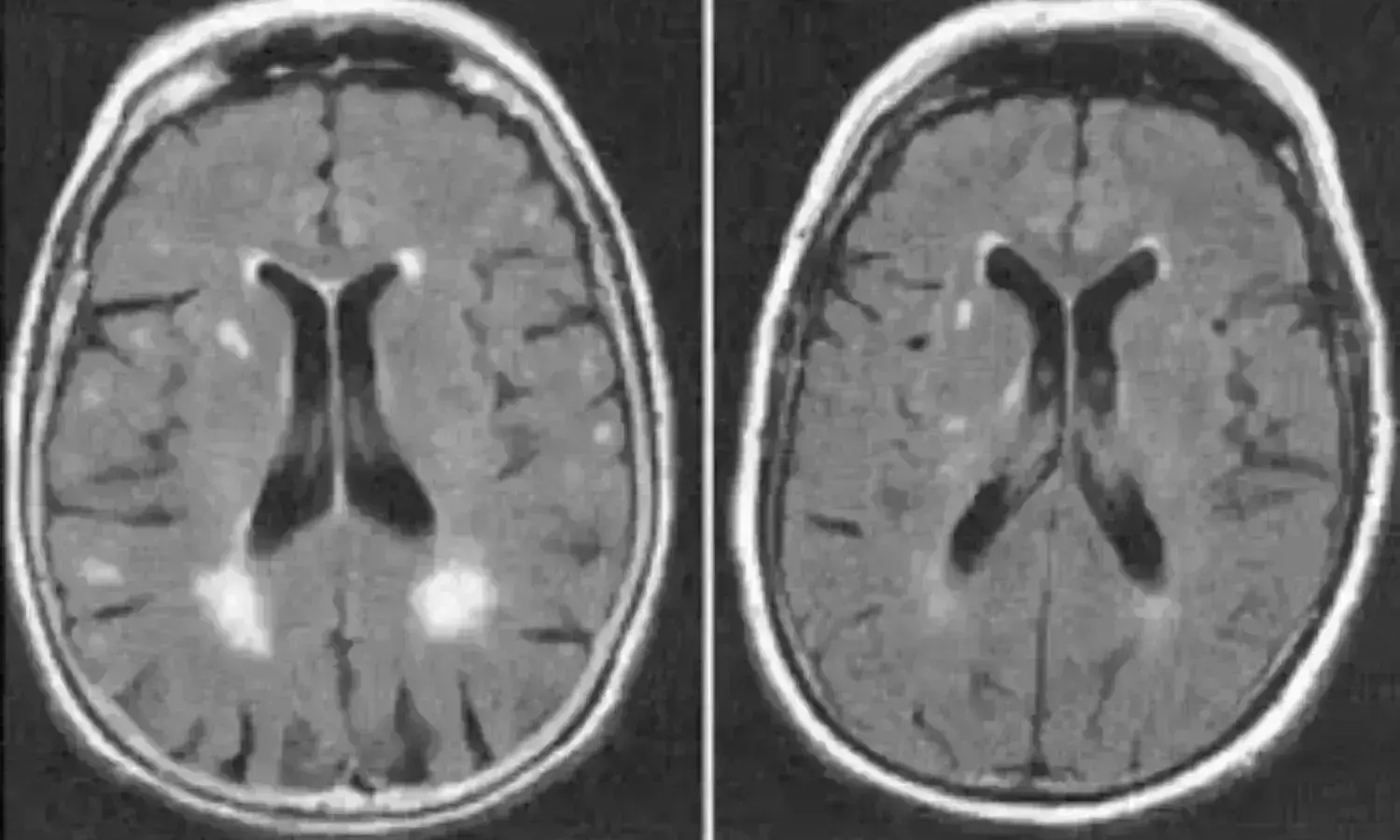- Home
- Medical news & Guidelines
- Anesthesiology
- Cardiology and CTVS
- Critical Care
- Dentistry
- Dermatology
- Diabetes and Endocrinology
- ENT
- Gastroenterology
- Medicine
- Nephrology
- Neurology
- Obstretics-Gynaecology
- Oncology
- Ophthalmology
- Orthopaedics
- Pediatrics-Neonatology
- Psychiatry
- Pulmonology
- Radiology
- Surgery
- Urology
- Laboratory Medicine
- Diet
- Nursing
- Paramedical
- Physiotherapy
- Health news
- Fact Check
- Bone Health Fact Check
- Brain Health Fact Check
- Cancer Related Fact Check
- Child Care Fact Check
- Dental and oral health fact check
- Diabetes and metabolic health fact check
- Diet and Nutrition Fact Check
- Eye and ENT Care Fact Check
- Fitness fact check
- Gut health fact check
- Heart health fact check
- Kidney health fact check
- Medical education fact check
- Men's health fact check
- Respiratory fact check
- Skin and hair care fact check
- Vaccine and Immunization fact check
- Women's health fact check
- AYUSH
- State News
- Andaman and Nicobar Islands
- Andhra Pradesh
- Arunachal Pradesh
- Assam
- Bihar
- Chandigarh
- Chattisgarh
- Dadra and Nagar Haveli
- Daman and Diu
- Delhi
- Goa
- Gujarat
- Haryana
- Himachal Pradesh
- Jammu & Kashmir
- Jharkhand
- Karnataka
- Kerala
- Ladakh
- Lakshadweep
- Madhya Pradesh
- Maharashtra
- Manipur
- Meghalaya
- Mizoram
- Nagaland
- Odisha
- Puducherry
- Punjab
- Rajasthan
- Sikkim
- Tamil Nadu
- Telangana
- Tripura
- Uttar Pradesh
- Uttrakhand
- West Bengal
- Medical Education
- Industry
Diffusion tensor imaging parameters may help diagnose diabetic nephropathy accurately

China: Diffusion tensor imaging (DTI) is an MRI technique that uses anisotropic diffusion to estimate the axonal (white matter) organization of the brain.It is a variant of conventional Magnetic Resonance Imaging based on the tissue water diffusion rate. Fractional anisotropy is a measure often used in diffusion imaging where it is thought to reflect fiber density, axonal diameter, and myelination in white matter
In a study evaluating diabetes peripheral neuropathy (DPN) by diffusion tensor imaging (DTI), the researchers found radial diffusivity (RD) fractional anisotropy (FA) to have appreciable diagnostic accuracy. Also, they both were found to have a moderate correlation with motor nerve conduction velocity (MCV).
The study, published in the European Journal of Radiology, also explored the correlation between DTI parameters and electrophysiological parameters in addition to evaluating diabetes peripheral neuropathy by diffusion tensor imaging.
Xiangyang Xu, Department of Radiology, Liyuan Hospital, Tongji Medical College, Huazhong University of Science and Technology, Wuhan, China, and the team examined tibial nerve (TN) and common peroneal nerve (CPN) of 32 DPN patients and 23 healthy controls using T1-weighted magnetic resonance imaging and DTI. They measured fractional anisotropy (FA), radial diffusivity (RD), mean diffusivity (MD), and axial diffusivity (AD). The relationship between DTI parameters and electrophysiology parameters in the DPN group was explored using the Spearman correlation coefficient. Diagnostic value was assessed by receiver operating characteristic (ROC) analysis.
The key findings include:
· In the DPN group, FA was decreased and MD and RD were increased in the TN and CPN compared with the values of the healthy control group.
· Moreover, in the DPN group, FA was positively correlated with motor nerve conduction velocity (MCV), and both MD and RD were negatively correlated with MCV.
· There was no correlation between AD and any electrophysiological parameters.
· Among all DTI parameters, FA displayed the best diagnostic accuracy, with an area under the ROC curve of 0.882 in TN and 0.917 in CPN.
"FA and RD demonstrate appreciable diagnostic accuracy," concluded the researchers. "Furthermore, they both have a moderate correlation with MCV."
Reference:
The study titled, Assessment of peripheral neuropathy in type 2 diabetes by diffusion tensor imaging: A case-control study," is published in the European Journal of Radiology.
DOI: https://www.ejradiology.com/article/S0720-048X(21)00488-5/fulltext
Dr Kamal Kant Kohli-MBBS, DTCD- a chest specialist with more than 30 years of practice and a flair for writing clinical articles, Dr Kamal Kant Kohli joined Medical Dialogues as a Chief Editor of Medical News. Besides writing articles, as an editor, he proofreads and verifies all the medical content published on Medical Dialogues including those coming from journals, studies,medical conferences,guidelines etc. Email: drkohli@medicaldialogues.in. Contact no. 011-43720751


